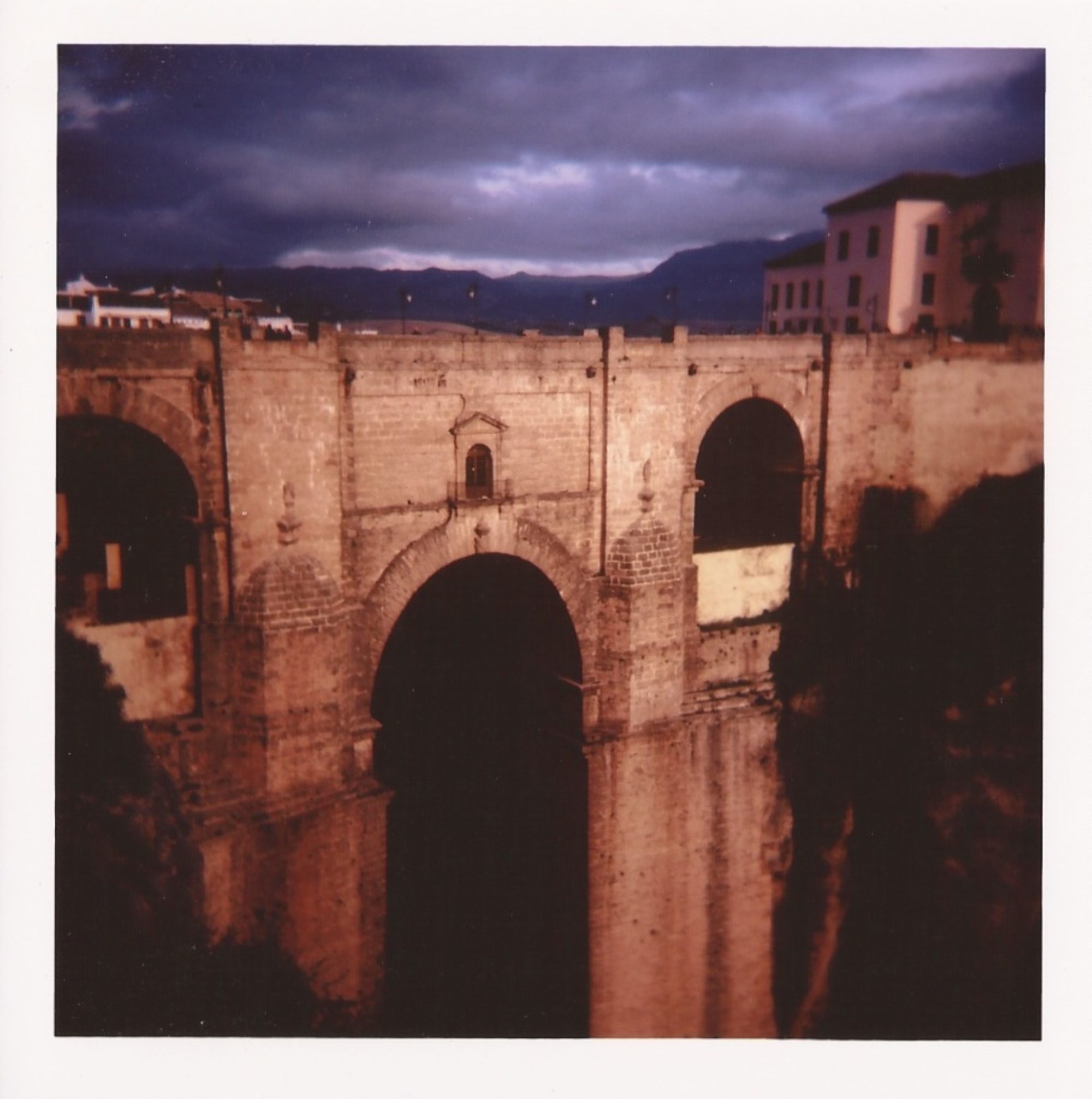AUTOTHEORY
Recently I have been teaching and writing about autotheory, whose imaginative act is putting body on the same plane as intellect. What the term autotheory describes are ways of mixing “high theory” with our panting, sweating physicality, the embodied experience.
Autotheory is a chimera of research and imagination: it brings together personal narrative with theory and a focus on situating oneself inside a larger world, and melds these different ways of thinking in creative, unexpected ways. Commonly, this work transgresses not only the borders around disciplines, but also those around genres and mediums—it operates in a hybrid, intergenre space.
Recent works of autotheory include Christina Sharpe’s In the Wake: On Blackness and Being, Maggie Nelson’s The Argonauts, Bhanu Kapil’s Ban en Banlieu, and Chris Kraus’ I Love Dick, as well as work by Claudia Rankine, Wayne Koestenbaum, Hilton Als, Sara Ahmed, Fred Moten, Kathy Acker, Dionne Brand, Ann Cvetkovich, Paul B. Preciado, and numerous others. But in any discussion of autotheory, it is critical to acknowledge that, like the lyric essay and like hybridity, this is not a new literary practice, and it is one whose roots are in the intersectional writing and performance art of many Black feminists and women of color, including Audre Lorde, Adrian Piper, bell hooks, Gloria Anzaldúa, Cherríe Moraga, Ana Mendieta, and others.
HYBRIDITY
The 2014 AWP Conference included a panel entitled “Immigrant Poetry: The Aesthetics of Displacement,” in which Jenny Boully noted that “to be told to choose [a genre] is to be told you disrupt the natural order of things, that you don’t belong.” Of late, the idea of “hybridity” (or a melding of two or more genres or mediums) has been getting a great deal of attention in literary and artistic circles—and is reflected in the larger culture, with our contemporary fascination with blurring boundaries of race, gender, sexuality, nationality, etc.
Most simply, a hybrid is a mixture of two or more things, a blending or juxtaposition that can take many forms (through processes like mimicry, sampling, collage, cutting and splicing, erasure, etc). One way to approach hybridity is to look for work that is rooted in a literary tradition (ie, poetry, fiction, essay or creative non-fiction) but is expanded by some other genre (written) or medium (such as illustration, video, book art, hypertextuality, photography, performance, etc). There is also the question of what it means to be “successful” as a hybrid work, rather than to be simply clever or gimmicky, or simply thrown together without a sense of necessity or resonance.
A few starting places in looking for this type of work include literary magazines such as Triple Canopy, TriQuarterly Review (video essays), Ninth Letter, DIAGRAM, jubilat, and Trickhouse (archives).
THE LYRIC ESSAY
In the introduction to an issue of the Seneca Review dedicated to the lyric essay, editors Deborah Tall and John D’Agata write, “The lyric essay partakes of the poem in its density and shapeliness, its distillation of ideas and musicality of language. It partakes of the essay in its weight, in its overt desire to engage with facts, melding its allegiance to the actual with its passion for imaginative form.” There’s been a lot of buzz about the lyric essay in the literary community in recent years. Of course, lyric essays have existed for much longer than that (arguably, some of our world’s earliest writers wrote ‘lyric’ non-fiction) and in the past several decades, a many well-known authors—including James Baldwin, Susan Sontag, Joan Didion, Fanny Howe, Toni Morrison, Judy Ruiz, Annie Dillard, Thalia Field, John D’Agata, Anne Carson—have written stunning, meditative pieces which could be described as lyric essays. More recently, authors such as Jenny Boully, Lily Hoang, Terese Mailhot, Eula Biss, Kazim Ali, and Claudia Rankine have continued innovating and experimenting in the realm of the lyric essay.
